At the height of Pancho Villa’s banditry, the United States sent federal troops to the Mexican border to avenge his actions against Americans. The Mexican revolutionary ventured into the US several times, most notably engaging American forces in Columbus, NM, in 1916.
President Woodrow Wilson responded by sending General John [Joseph “Black Jack”] Pershing after Villa in an expedition that spiked tensions between the US and México. Pershing was unsuccessful – he was never able to find Villa – and the whole affair almost led to outright conflict between the two countries.
Who was Pancho Villa? What happened on the punitive expedition that went after him? And did the US come close to battle with one of its neighbors?

Pancho Villa Fought Against Mexican Dictator Porfirio Díaz
Francisco “Pancho” Villa, whose real name was Doroteo Arango, grew up in San Juan del Río, Durango, México. Reportedly, Villa first became a fugitive in 1894 when he went after a man who bothered his sister. After being captured, Villa fled to the mountains. He later went to Chihuahua to seek refuge, where he changed his name.
When the Mexican Revolution broke out in 1910, Villa joined Francisco [Ignacio] Madero [González], the revolutionary challenging the presidency of [José de la Cruz] Porfirio Díaz [Mori]. There was resistance to Díaz during the early 1900s, but it wasn’t until 1908 that Díaz gave in to the pressure and agreed to a free election in México. The election for México’s new president took place in 1910, and when it became clear Madero was going to win, Díaz had his opponent taken into custody and voided the election.
In response, uprisings led by Emiliano Zapata [Salazar] and Villa, among others, sprang up throughout México. Villa fought for the Madero cause, most notably assisting in the taking of Ciudad Juárez in May 1911. Díaz resigned in May; Madero became president by the end of the year.
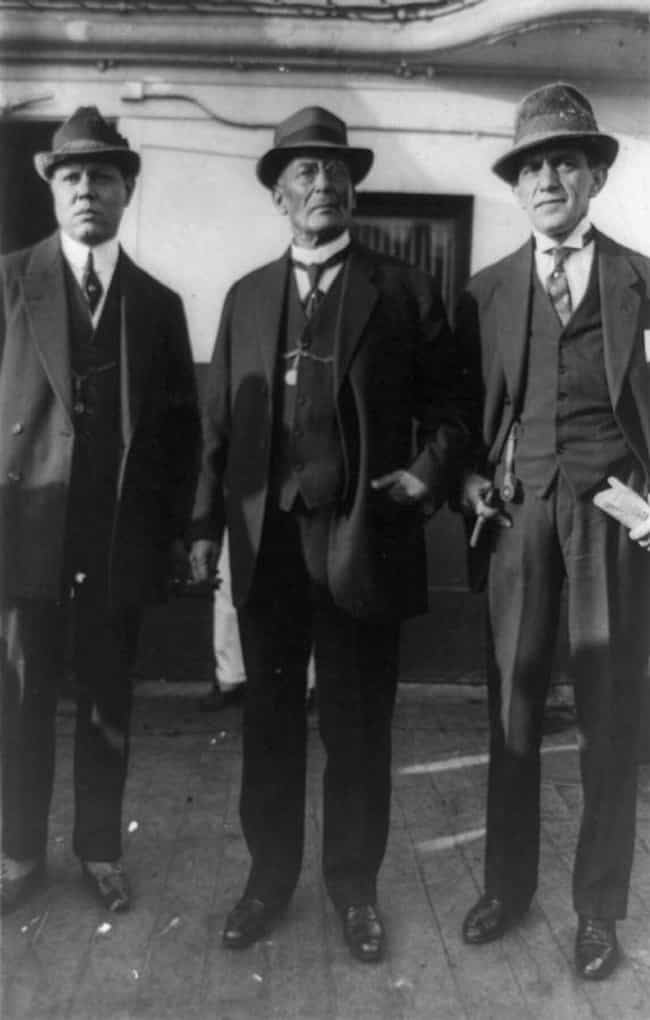
US And Mexican Revolutionaries Aligned Against Mexican Leader Victoriano Huerta
Madero’s presidency was fraught with challenges, and in 1912, revolutionary Pascual Orozco imperiled his position. Villa fought with Madero to put down Orozco’s effort. The following year, General Victoriano Huerta eliminated Madero. Huerta also went after Villa, who decamped to the United States after escaping confinement. When Huerta seized power in February 1913, Villa returned to México with the División del Norte cavalry to fight against him.
Villa, along with Venustiano Carranza and Zapata, banded together against Huerta. Villa was active in the north and controlled most of the state of Chihuahua from 1913 to 1915. The US formally declared its opposition to Huerta in 1913 and openly supported Carranza’s efforts to become the next president of México. Carranza took power after Huerta resigned in June 1914, but by this point, he’d already had a falling-out with Villa.
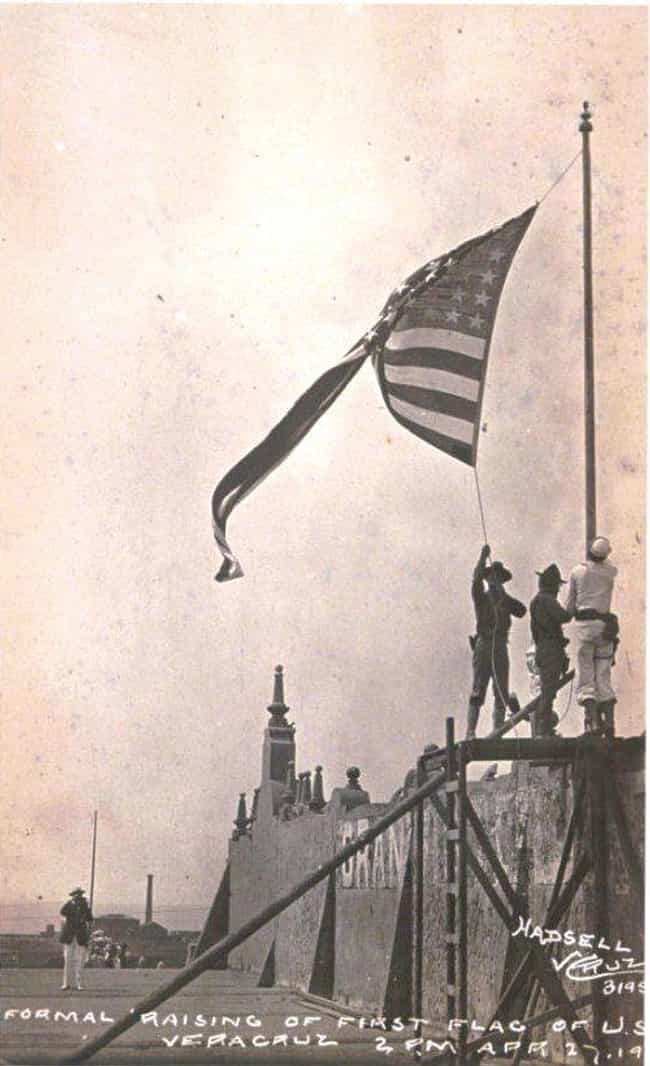
The US Occupied Veracruz For Seven Months In 1914
The United States was appalled by the Huerta regime’s termination of Madero in 1913 and concerned for its own interests in México. Tensions between the US and México further increased when several American sailors were detained at Tampico in 1914.
The men were ultimately released, but President Wilson demanded an apology and a formal salute to the US flag in the aftermath. He got his apology, but Huerta refused to carry out the salute. This “affront,” combined with the knowledge that México was expecting a shipment of weapons from Germany, prompted the US to take the port of Veracruz.
When the US Navy landed at Veracruz in April 1914, they were nearly unopposed. Fighting broke out as the forces ventured into the city, but reinforcements ended the Battle of Veracruz quickly. US troops occupied the city and the port until November 1914, after Carranza took control of México.
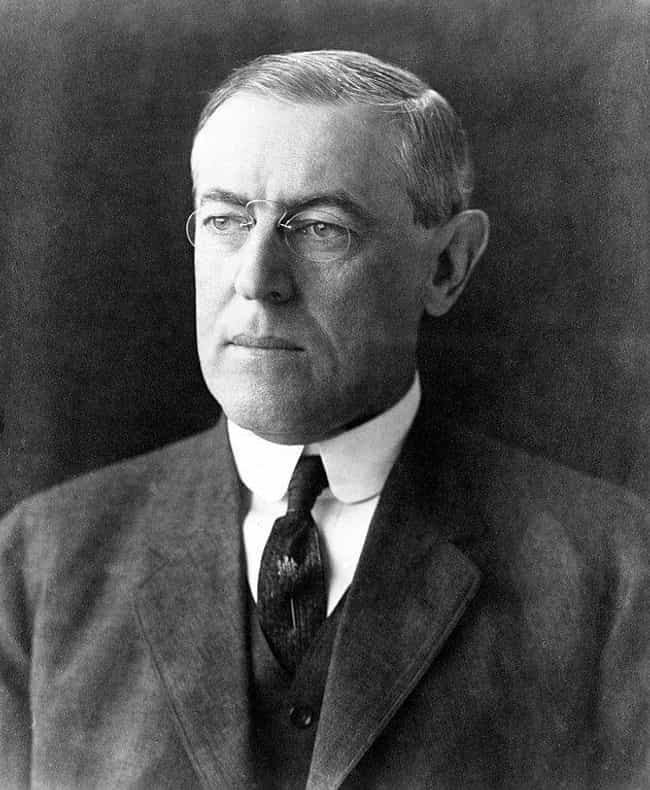
Wilson Allegedly Thought Highly Of Villa At First
The United States aimed to oust Huerta and therefore was in support of Carranza as his successor. Nominally in favor of Carranza, the US still had doubts about him and eyed the possibility of supporting Villa. In December 1913, Wilson had indicated that Villa’s abilities to organize forces, bring about order, and “educate the turbulent mass of peons so prone to pillage” made him a potential ally.
Villa had good reason to think the US was on his side, especially after Wilson appointed George C. Carothers as a US representative to work with him. Carothers arranged for Villa and his troops to have arms and uniforms. When the US left Veracruz, they asked Villa to recommend a leader to take over the city. Villa and his men were too dispersed, so they handed Veracruz over to Carranza in November 1914.
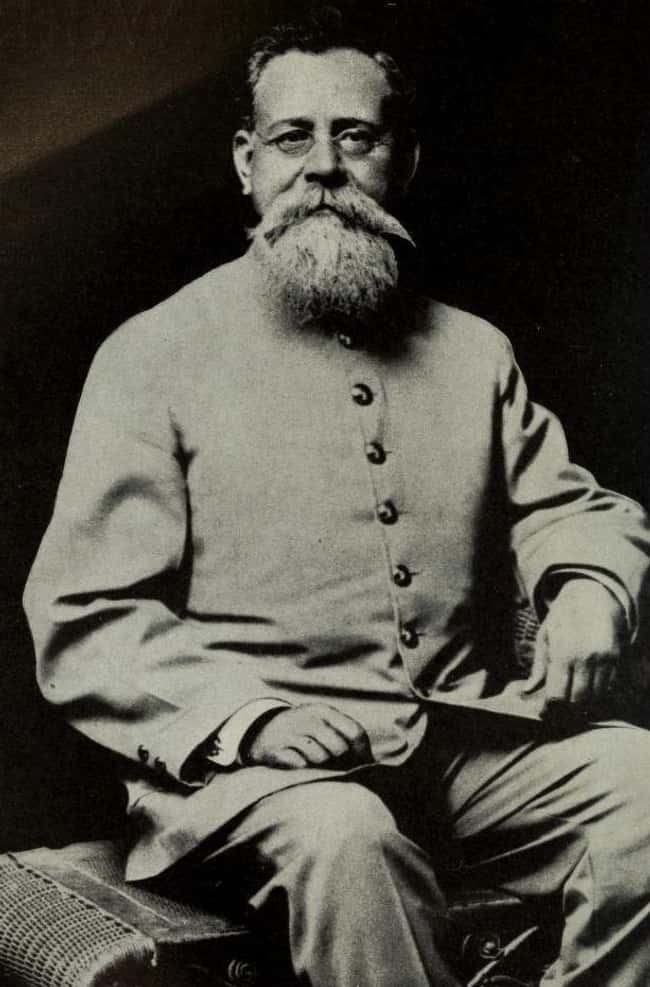
With Huerta Ousted, Villa and Carranza Fought For Control Of The Country
With Huerta out in 1914, Carranza established a provisional government in México, but he reportedly felt threatened by the authority Villa had in the north. By then, Villa was governor of Chihuahua and held vast amounts of wealth as well as the people’s support.
When Carranza appointed Manuel Chao as governor of Chihuahua in 1913, Villa initially accepted the decision – especially since he stayed on as service commander of the north. Villa’s power still exceeded that of Chao in force, but the competition between the two men soon brought Villa at odds with Carranza.
By March 1914, Carranza and Villa went head to head for control of Chihuahua.
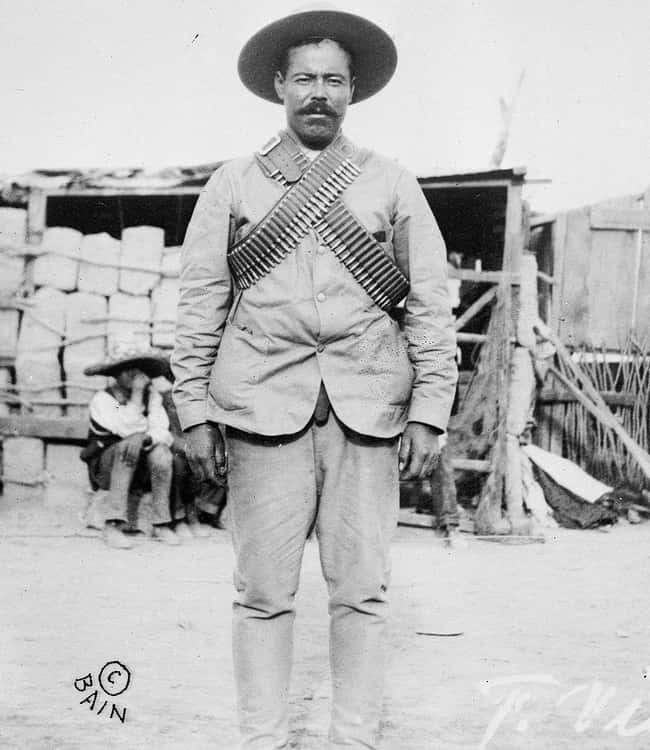
When The US Formally Announced Its Support Of Carranza In 1915, Villa Lashed Out
When WWI broke out, the relationship between the US and México changed. The US continued to sell armaments to both Villa and Carranza, though at much higher prices that strained Villa’s resources. By April 1915, Wilson discussed intervention if Carranza and Villa kept fighting.
It became clear that US policies favored Carranza, and after Villa experienced several defeats during the summer of 1915, the US recognized Carranza as México’s president in October.
Villa was furious. Instead of bringing an end to the instability in México, US support for Carranza only drove Villa to lash out against US interests in México and across the border.

Villa’s Men Surrounded American Miners In January 1916
After the US declared support for Carranza, he worked to take control of Chihuahua; in January 1916, he opened it up to foreign interests. He told miners working for the Cusi Mining Company they could return to work, and the company sent 18 men to the Cusihuiriachi mine near Chihuahua.
Villa’s men, led by General Pablo López, circled the train the miners were riding when it stopped at Santa Isabel. The men robbed the miners, then eliminated any survivors before leaving.
Villa denied involvement in the incident, but in an interview, López stated, “You can imagine that when you are the devoted [servant] of a great leader, you obey orders.” Regardless, public and political opinion turned against Villa in the US.
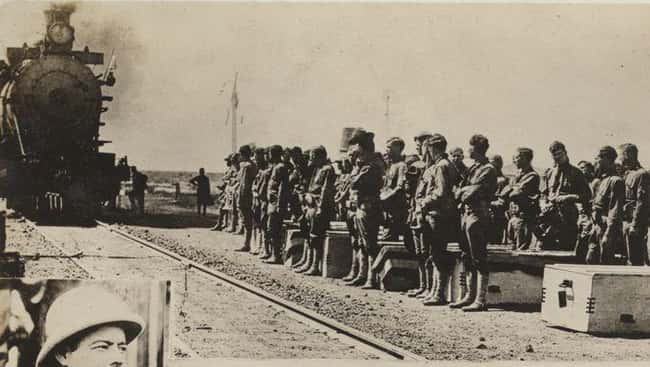
Villa’s Men Entrapped Columbus, NM, In 1916
On March 9, 1916, Villa and his men charged the city of Columbus, NM, and went after the 13th Cavalry Regiment based at Camp Furlong. Columbus was an alternative to Villa’s initial target: El Presidio, TX. He didn’t have enough men to carry it out, so he opted for Columbus instead.
Villa may have also attempted to start a conflict between the US and México, especially since he was trying to discredit Carranza, claiming the leader was in cahoots with the US.
According to First Lieutenant John Lucas, horses approached the town at 4:15 am. Rumors of an impending attack had prompted the 13th Cavalry Regiment to run drills in the days before the event. Once they realized what was happening, men from the barracks engaged the raiders.
Villa had between 380 and 500 men with him. The event lasted a couple of hours, and by the time the dust and smoke cleared, the town was gone, and 18 Americans had lost their lives. Villa lost more than 100 men, and US troops chased the remainders back across the border.
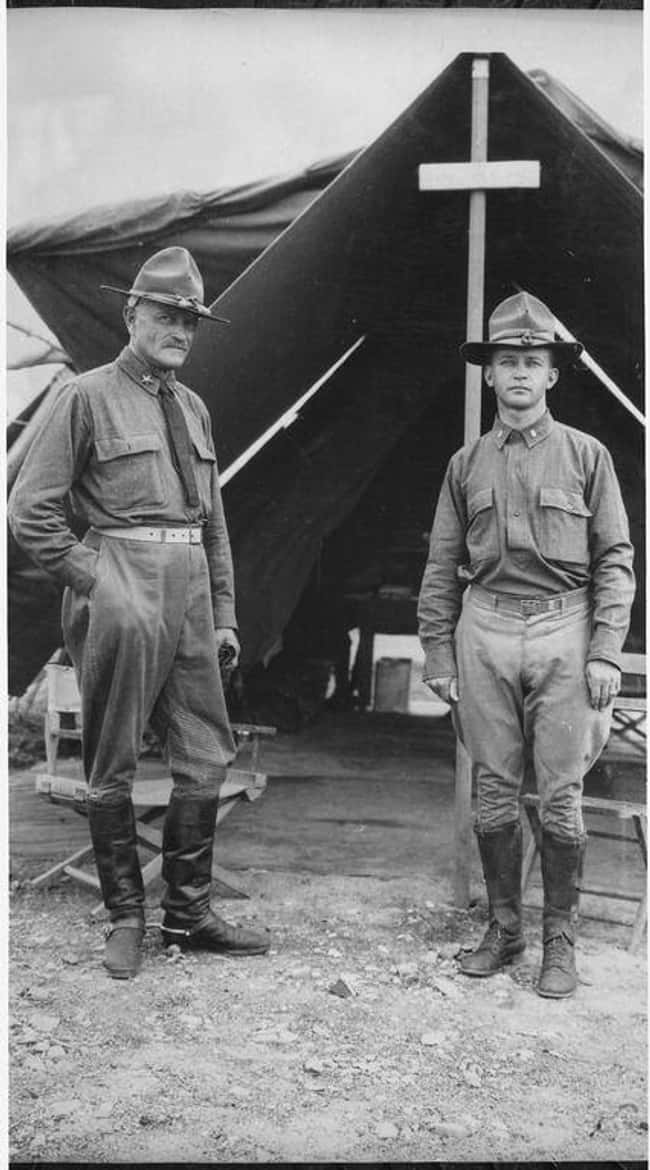
Wilson Sent US Troops To Take Villa
The raid on Columbus, NM, wasn’t a victory for Villa – especially given his losses – and it outraged the American public. On March 10, 1916, President Wilson received a telegram from General Frederick Funston on the México border, which recommended:
American troops [should] be given authority to pursue into Mexican Territory… bandits who [charge] American territory. So long as the border is a shelter for them, they will continue to [bother] our ranches and towns to our chagrin.
Wilson responded by putting together a punitive expedition. He appointed General John J. Pershing – though Pershing may have volunteered – to lead troops into México to find Villa.
Initially, Wilson did not consult any Mexican leaders before making preparations to track Villa. But Secretary of State Robert Lansing negotiated with Carranza, receiving assurances that US troops wouldn’t face interference from México.
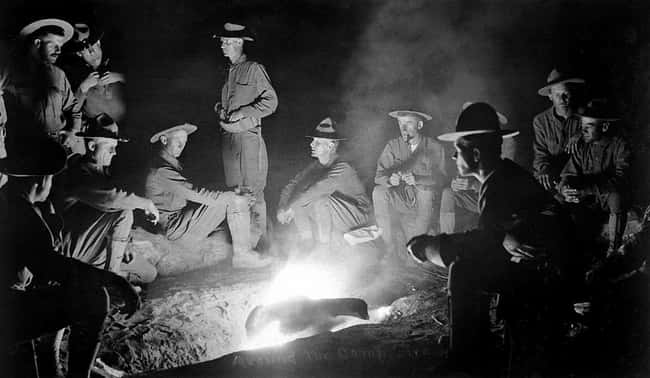
Pershing Tried To Catch Villa For 11 Months
Pershing’s expedition into México began in March 1916 and lasted for almost a year. To the public, Carranza was supposedly against the expedition, but he allowed US troops to venture 350 miles into México, using Mexican railroads to move supplies as they went. By the end of April, Pershing had set up his headquarters in Colonia Dublán.
Due to the continued need for supplies and the difficult terrain, Pershing started organizing truck caravans. The US military ended up building roads to establish their supply network in México.
They also brought new technology to the expedition, using airplanes for surveillance. Pershing found aircraft to be ineffective, though, complaining that:
The aeroplanes have been of no material benefit so far, either in scouting or as a means of communication. They have not at all met my expectations. The further south Villa goes into the mountains the more difficult will be their tasks, and I have no doubt we shall soon be compelled to abandon them for either scouting… or keeping in touch with the advance columns.
For 11 months, Villa managed to outrun, outmaneuver, and outsmart the US expedition at every turn. He had support from locals and those closely tied to Carranza.
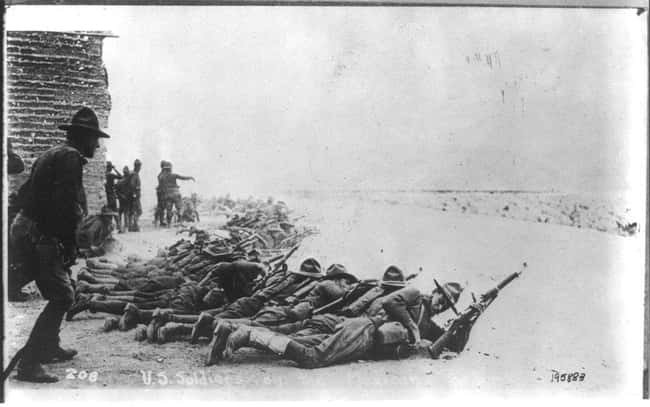
Instead Of Capturing Villa, US Troops Engaged Mexican Troops
Pershing’s expedition was challenging, but the lack of support among Mexicans may have been the most difficult part. US officials proposed occupation of Chihuahua to try to capture Villa. Carranza refused and responded by sending his own troops after Villa.
In April 1916, the US lost at least one soldier to Mexican Federal Army forces, with seven more in June. Pershing limited his scouting operations, opting to keep his men close for safety. The US moved their supply lines to try to prevent Carranza’s men from taking them.
The US still faced incursions at the hands of Villa’s men, especially along the US-Mexico border. The US called in National Guard reinforcements, with more than 110,000 men sent to border service.
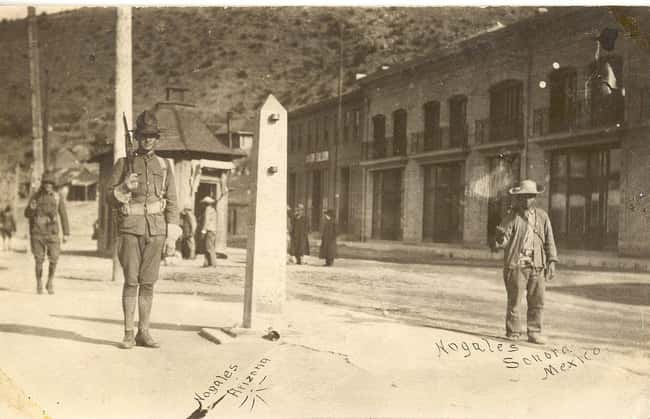
Tensions Between The US And México Remained High After The Expedition Ended
US and Mexican officials met in New London, CT, in September 1916 to discuss a formal conclusion of the punitive expedition. México wanted the US out immediately; the US wanted to make sure safety at the border would be maintained, something Carranza’s officials couldn’t guarantee.
The next time the two sides met, the US indicated they would withdraw if granted permission to intervene again when necessary. México refused the condition.
It was only when the US faced fighting with Germany that US officials agreed to pull troops from México. Pershing received the orders for withdrawal in January 1917 and crossed back into the US with his men.
With US forces out of México, the US upped the number of troops along the border. National Guard members already in the region were placed on patrol and ultimately trained for their future role in WWI. Over the next few years, the border between the US and México became increasingly defined and regulated. More fences emerged, as did distrust on both sides.

Pershing’s Role In Mexico Prepared Him For WWI
Pershing’s time in México prepared him for war on a much larger scale. After the expedition concluded in February 1917, Pershing became the commanding officer on the Mexican border, succeeding General Frederick Funston. After the US declared war on Germany in 1917, Pershing was appointed head of the American Expeditionary Force (AEF).
As head of the operation in México, Pershing used new technological developments and managed logistical complexities that prepared him to lead troops in Europe. He had insights into the efficacy of airplanes and was familiar with seemingly insurmountable obstacles.
Similar to when he demanded more trucks for his campaign in México, Pershing pushed the US military to increase personnel and armaments in Europe. From Pershing’s perspective, a good strategy required a stand-alone American military capable of standing against the Germans.
One of Pershing’s men in México, George Patton, went on to similar greatness. Patton was a lieutenant under Pershing, a position he obtained by personally asking the general to include him in the expedition. Patton was also on Pershing’s staff once the US became actively involved in WWI.

Villa Kept Antagonizing The Mexican Government Until 1920
The US military never captured Villa and reportedly never even came close to finding him. By the time Pershing and his forces left México in February 1917, the US had spent $130 million on the failed exercise.
For his part, Villa didn’t stop his forays against Carranza. Carranza was officially elected president of México in March 1917, after which Villa and Zapata continued their efforts to oust him.
Carranza’s soldiers terminated Zapata in 1919. Carranza was taken out in 1920 after he tried to force the election of the next president, Ignacio Bonillas, the man Carranza selected for the job. Villa received a pardon from the interim president of Mexico, Adolfo de la Huerta, and retired to Chihuahua.
The US disbanded many of its troops on the US-México border during the early 1920s, around the same time Villa himself was eliminated on July 20, 1923.









